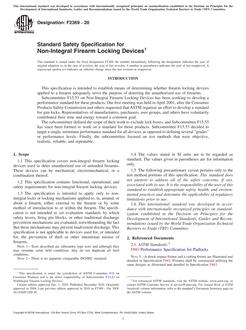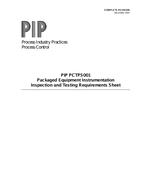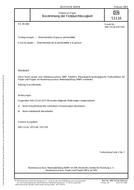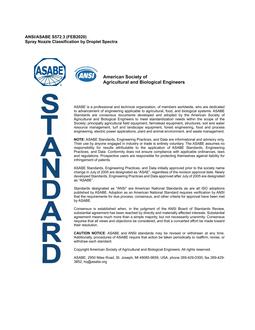
ISA 60079-11 (12.02.01)-2009 PDF
Original price was: $140.00.$84.00Current price is: $84.00.
Explosive Gas Atmospheres – Part 11: Intrinsic Safety 'i'
standard by The International Society of Automation, 09/30/2009
This standard specifies the construction and testing of intrinsically safe apparatus intended for use in Class I, Zone 0, 1, or 2 hazardous (classified) locations as defined by the National Electrical Code, ANSI/NFPA 70 and for associated apparatus, which is intended for connection to intrinsically safe circuits which enter such atmospheres.
This type of protection is applicable to electrical apparatus in which the electrical circuits themselves are incapable of causing an explosion in the surrounding explosive atmospheres.
This standard is also applicable to electrical apparatus or parts of electrical apparatus located outside the explosive gas atmosphere or protected by another type of protection listed in ANSI/ISA-60079-0, where the intrinsic safety of the electrical circuits in the explosive gas atmosphere may depend upon the design and construction of such electrical apparatus or parts of such electrical apparatus. The electrical circuits exposed to the explosive gas atmosphere are evaluated for use in such an atmosphere by applying this standard.
The requirements for intrinsically safe concepts for fieldbus are provided in ANSI/ISA-60079-27.
This standard supplements and modifies the general requirements of ANSI/ISA-60079-0, except as indicated in Table 1. Where a requirement of this standard conflicts with a requirement of ANSI/ISA-60079-0, the requirements of this standard shall take precedence.
If associated apparatus is placed in the explosive gas atmosphere, it must be protected by an appropriate type of protection listed in ANSI/ISA-60079-0, and then the requirements of that method of protection together with the relevant parts of ANSI/ISA-60079-0 also apply to the associated apparatus.
Product Details
- Published:
- 09/30/2009
- ANSI:
- ANSI Approved
- Number of Pages:
- 154




